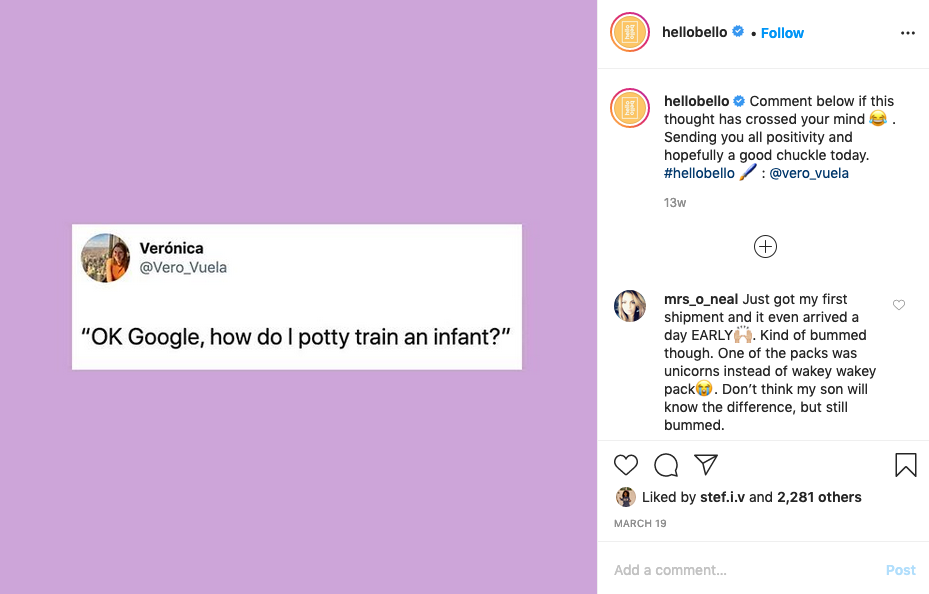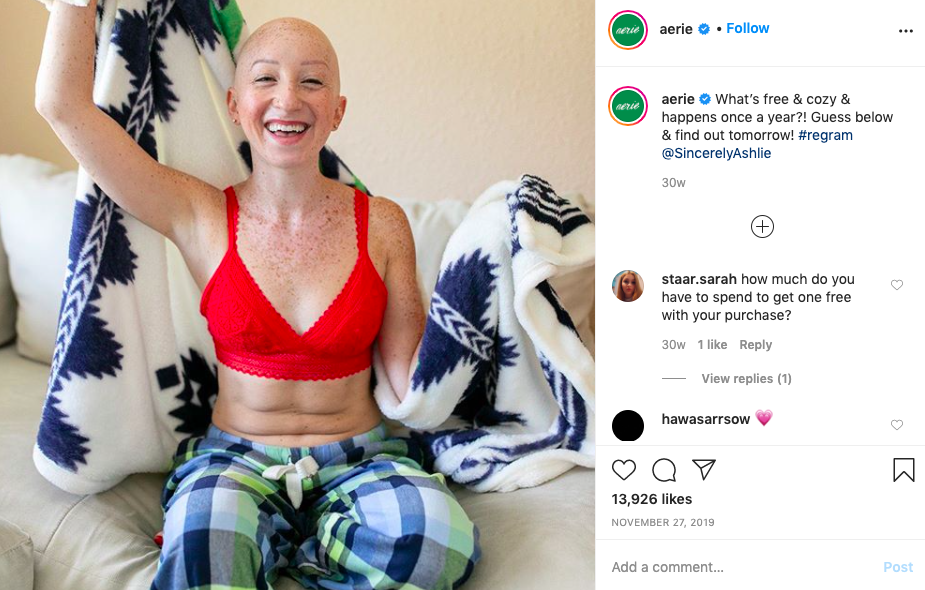Word-of-mouth marketing has, for centuries, been one of the most efficient, affordable and cost-effective marketing strategies out there. One of my favorite examples is Badass Bertha Benz hitting the road on August 5, 1888. At the time, Bertha’s husband had been tinkering with creating an automobile – a single-cylinder, 2.5 horsepower car with three wheels that could reach a maximum speed of 25 miles per hour.
However, her husband wasn’t the best at marketing his product so Bertha took matters into her own hands. She packed up one of her husband’s cars, left him a note, and with her two teenage sons in tow she made the 65-mile, 12-hour journey to her mother’s house. Throughout the journey they encountered many issues, including making an emergency repair to the car’s ignition with her garter, and by the time she had reached her destination and sent a telegram to her husband, news of her trip had already reached the press. Her historic trip brought publicity to her husband’s invention and inspired him to introduce the world’s first gear system.
Nowadays, word-of-mouth marketing looks a lot like people raving about their favorite brands online. While review platforms like Yelp and Google My Business exist specifically for people to voice their opinions, social media has become a powerful tool for word-of-mouth marketing, in turn, producing user-generated content that brands can then use to promote their brand.
What is User-Generated Content?
User-generated content or UGC is any form of content, including images, videos, text, and audio, that has been shared by users on social media platforms. Brands will often use UGC on their own social media channels, in place of creating their own assets. This can look like a company reposting an image you shared and tagged them on, to having your tweets screenshot and posted to a diaper brand’s Instagram account. I don’t even have kids. ??♀️

Why Should You Use UGC?
It is Cost-Effective.
Using UGC on your social media channels is significantly more affordable than creating one piece of content. Think about it. At minimum, creating photo or video assets require a huge time and cost commitment from set-up, break down, hiring models, shooting, and editing, among other tasks. With UGC, your audience is creating assets for you, free of charge. And as a result, they bring their own audience along.
Any marketer, from those working with multi-million dollar budgets to those who don’t have two nickels to rub together, will jump at the opportunity to publish UGC instead of having to continuously create fresh concepts.
It Creates Brand Desire and Loyalty.
Using UGC is an easy way to tell your brand story and create brand desire and loyalty. UGC allows you to harness the excitement loyal customers have around your brand and foster a sense of desire in those who are less familiar with your brand or product.
A Sprout Social survey asked which trends and features consumers wanted to see more of from brands in social media and 24 percent of respondents said they wanted to see more UGC and Instagram Stories. Creative content creates the opportunity to draw potential and existing customers deeper into the brand experience.
In 2015, Nielsen found that more than 83 percent of global respondents completely or somewhat trust the recommendations of friends and family. Two-thirds, or 66 percent, said they trust consumer opinions posted online.
When your customers post on their timelines, they are extending your audience reach while positively promoting your brand. Because UGC is authentic, potential customers are more likely to engage with your brand when they come across it on their friend’s post. Most users love when brands use their UGC, and will solidify their brand loyalty, making them want to purchase from you even more in the future.
It Can Be Used at a Later Date.
We know what it is like to schedule social media posts for the future and realize you don’t have enough images to accompany the posts. Save yourself a headache and build a content library. UGC campaigns are a smart method of collecting content that is relevant and consistent with your brand, all by tapping into the creativity of your biggest fans.
Best Practices For Acquiring UGC
Track Your Tags and Hashtags
Aerie, a sub-brand of American Eagle Outfitters, has made headlines in the past for their efforts to become a more inclusive brand, from featuring body positive ads showcasing women of all sizes and races, to going Photoshop-free.
The brand’s #AerieREAL campaign, which has continued to gain traction since it was launched six years ago, has made a strong commitment to promote body positivity and diversity and to encourage their competitors to do the same. The brand encourages its followers to use the hashtag whenever they post pictures wearing Aerie apparel on social media. Aerie, in turn, engages with the original post, asks permission to use the image, and reshares it on their own social media channels.

Using a branded hashtag is an easy way to find relevant UGC without having to do much work. Most brands feature their branded hashtag on their social media profile bios. The more your brand engages with its audience, the more they’ll use the hashtag.
Another method of acquiring UGC would be checking your tagged pictures, such as using the Tags tab on your brand’s personal Instagram profile. Once there, you can quickly peruse the images or videos you’ve been tagged and save them for a later date.
Always Request Permission
When you come across UGC that is relevant to your brand, finders, keepers might not be the right solution. We recommend asking for permission, even when a post includes your tag or hashtag. When you ask permission, you’re showing your audience that you appreciate them and that you’d love to feature them on your social media channels.
Smaller brands may have an easier time sorting through hashtags, tagged images, and asking for permission. This can look like commenting on a picture something as simple as, “We love this picture and we would love to feature it as a social media post in the future. Reply with the hashtag #YesYourBrandName to confirm that we can use it.” That gives you a hashtag of approved images to sort through.
Larger companies or brands may not have the time or flexibility to browse for UGC and ask for permission, so they use programs such as ShortStack to comment on numerous social media posts asking for the consent of the original poster to use their UGC.
Give Credit To Original Poster
Show your appreciation for your loyal customers! When you share UGC, it is crucial that you credit the original account where the content appeared. Some accounts tag the account on the caption or on the image, or use the camera emoji (?) to signify who the picture credit goes to, and use hashtags like #regram or #repost to point out that the image wasn’t theirs originally.
If you plan to use UGC across multiple social media platforms, do the work to find out what the user’s handle is on other social media channels. For example, in the Hello Bello example I gave above, the diaper brand searched on Instagram to see if my Twitter handle matched my Instagram handle. When they did, they tagged the correct Instagram account, crediting me for the tweet from a conversation with my sister.
If you don’t engage with UGC or credit the original source, your audience will lose trust in you and stop sharing unique and authentic content featuring your brand.
Use Social Listening Tools To Catch Things You Missed
Your audience may not always use tags or hashtags to talk about your brand. That is why it is important to invest in trustworthy social media listening tools to help you see and catch every brand mention. By using these tools, you’ll be able to engage with a new audience and invite them into your community. Social media users who chose not to tag you might not be as open to having their content used by your brand, but it doesn’t hurt to ask!
User-generated content is one of most effective ways to engage your audience, build a community and promote your brand. Social media has changed the ways in which we recommend products to our family and friends, and it has turned consumers into brand ambassadors. As with most marketing tactics, UGC will only work if you have established brand goals, but if building a relationship with your audience is a priority, UGC is the way to go.

